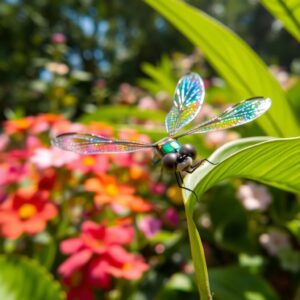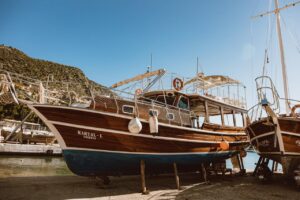
Explore & Play
Discover interesting topics and solve the accompanying crossword puzzle.
Fish Crossword: Exploring the Fascinating World of Fish
Table of Contents
Fish crossword
You can either fill in the crossword puzzle directly on this page or click the button in the bottom right corner to print it for free.
——————————————
Exploring the Fascinating World of Fish: From Salmon to Shark
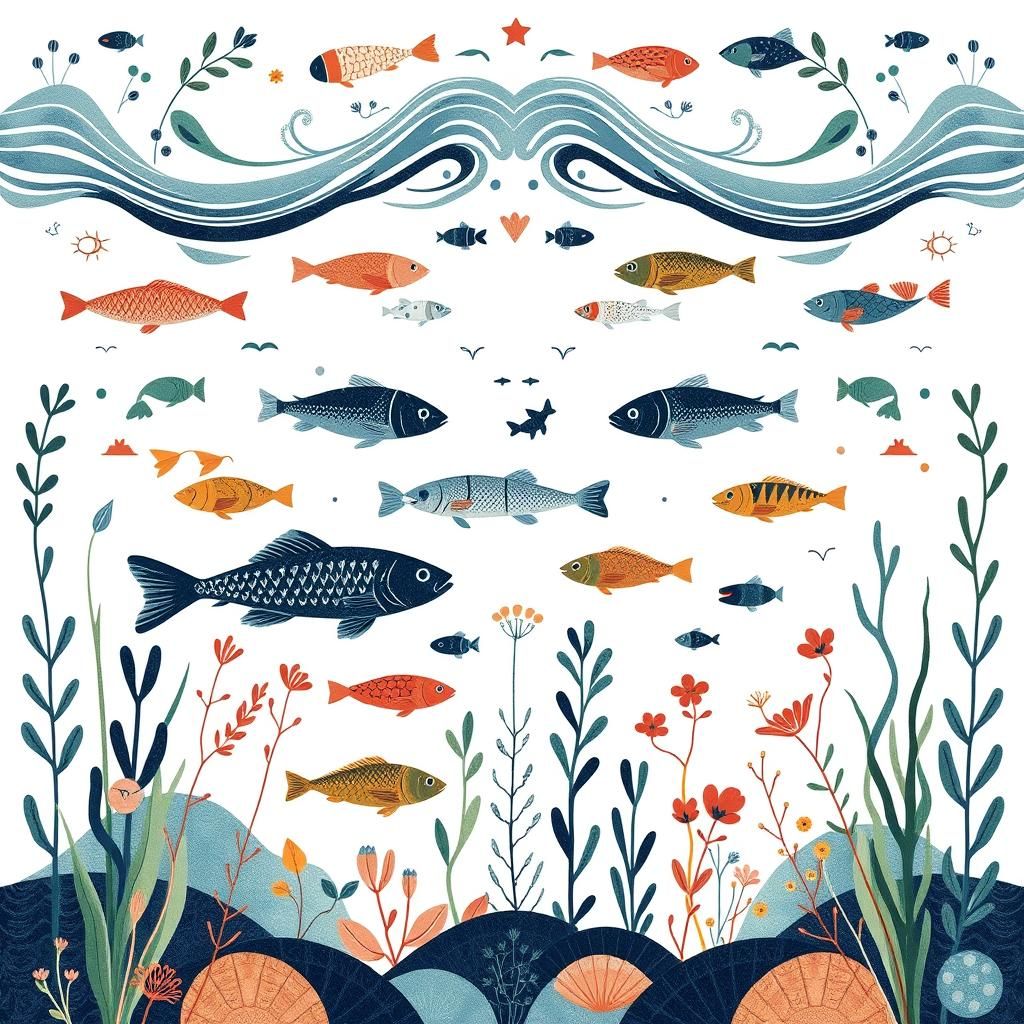
There’s a whole world beneath the waves, filled with creatures of all shapes, sizes, and stories. Fish aren’t just about what ends up on our dinner plates—they’re vital threads in the tapestry of life, linking rivers, lakes, and oceans to the land and sky. From the shimmering salmon swimming upstream to the sleek, silent shark patrolling the deep, fish have shaped cultures, cuisines, and economies for centuries.
In this article, we’ll take a friendly stroll through that underwater wonderland, meeting some of the ocean’s and freshwater’s most fascinating residents. We’ll share curiosities that might surprise you and pause to consider the challenges these fish face in a changing world. Along the way, we hope to spark a little bit of awe—and maybe a gentle nudge to help protect these remarkable creatures.
So, whether you’re a seasoned angler, a weekend cook, or just someone who enjoys stories about the natural world, there’s something here for you. And if you want to dive deeper, we’ve gathered some trusted resources to keep the conversation flowing. Let’s cast off.
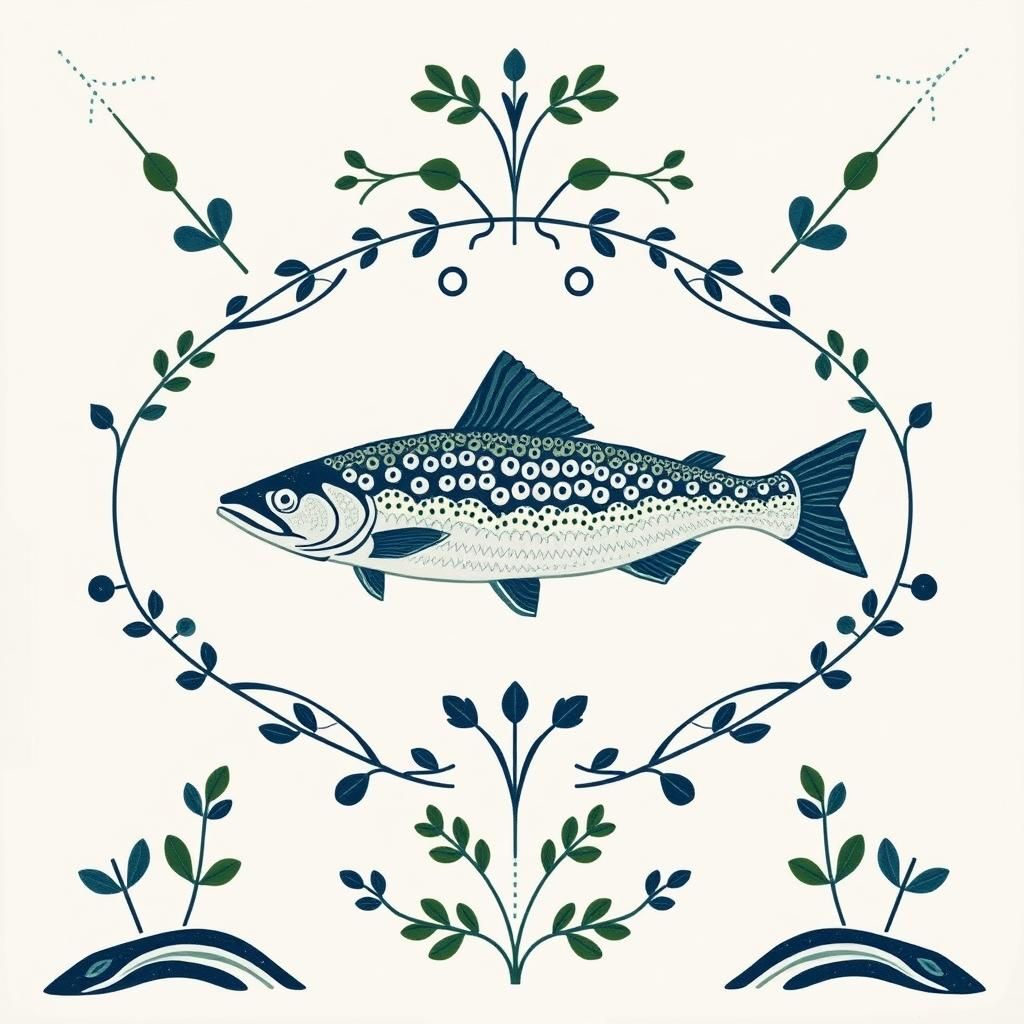
Salmon
There’s something quietly magnificent about a salmon’s journey. Picture this: fresh river water running cold against your hands as you watch these silver-bodied travelers make their way upstream. Atlantic salmon, in particular, are true marathoners of the fish world, often covering up to 50 kilometers a day during their spawning runs. That’s a daily trek that rivals any land runner, only theirs is through rushing currents and rocky beds.
They start life in freshwater streams as small fry, then head out to sea where a richer buffet awaits—plentiful energy-rich food that helps them grow bigger and stronger than they ever would back home. It’s that time at sea that fattens them up, making them the prized catch and celebrated ingredient in countless meals around the world.
But their story isn’t just about resilience and endurance; it’s a reminder of how delicate the balance truly is. Salmon need clean, free-flowing rivers to complete this life cycle. When dams rise or waters warm, it throws a wrench into their journey. Habitat preservation isn’t some abstract concept—it’s about keeping those river paths open and welcoming, so salmon can keep leaping upstream like they have for generations.
For all the beauty and strength in their tale, Atlantic salmon remind us that every ripple, every cold stream, and every stretch of riverbank matters. When you think of salmon, think of patience, persistence, and the quiet power of nature’s rhythms. And maybe, next time you see fresh salmon on your plate, you’ll taste a little of the long journey it took to get there.
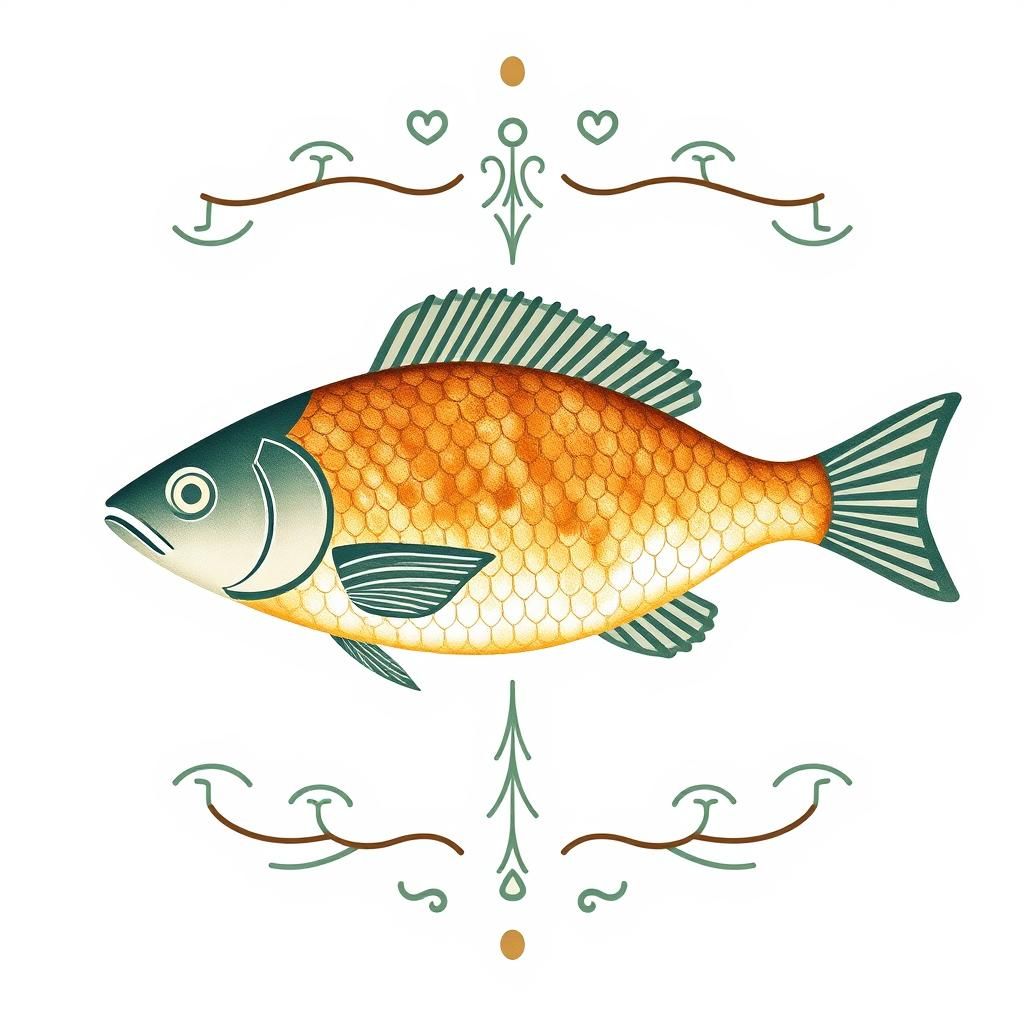
Cod
Cod has long been a staple on plates, especially in the classic English dish of fish and chips. Imagine that crispy golden batter giving way to flaky, mild white flesh—it’s a simple comfort that’s warmed many a chilly evening. This fish isn’t just tasty; it’s been a quiet hero of coastal communities for centuries, shaping economies and traditions alike.
But cod’s story isn’t all fish and chips. Around the world, cod stocks have seen ups and downs, some even dipping dangerously low. Overfishing and changing ocean conditions have taken their toll, reminding us that these fish need care as much as our appetites crave them.
Sustainable fishing practices are more than just a buzzword here—they’re essential steps to keep cod swimming strong for generations to come. Think of it like tending a garden: you harvest just enough, give the land time to rest, and respect the seasons. By choosing cod from responsible sources, we’re helping preserve a time-honored connection to the sea, and ensuring that future dinners still have that familiar, comforting taste.
For a few hearty recipes that celebrate cod’s simple goodness, you might want to explore some tried-and-true favorites here. Because sometimes, looking after fish means savoring them with care and gratitude.
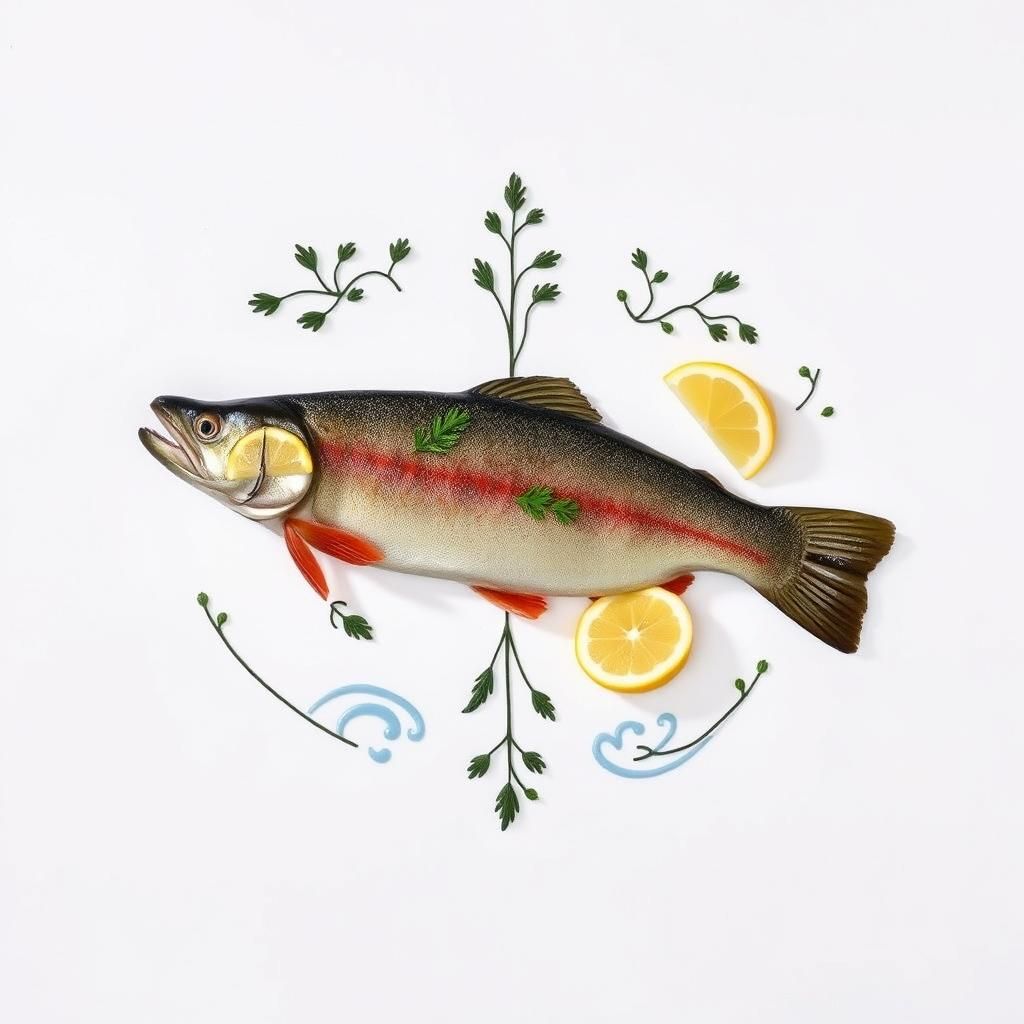
Trout
There’s something quietly satisfying about firing up a grill on a cool evening and laying down a fresh trout, its skin crisping and catching the firelight. Trout, with their delicate, flaky flesh, have long been a favorite for simple, hearty meals. A classic grilled trout might invite lemon’s bright zip, a sprinkle of fresh parsley, and the earthy warmth of cumin. Add a touch of garlic, salt, and pepper, and you’ve got a dish that tastes like a slow walk by the riverbank on a sun-dappled afternoon.
But trout are more than just dinner—these fish are tied deeply to the health of our freshwater worlds. They need clean, cool streams and rivers with plenty of shelter and oxygen-rich water to thrive. That’s why when pollution creeps in, or their habitats get crowded out by development and sediment, trout populations can start to decline quietly, almost unnoticed. It’s a gentle reminder that the simple joy of catching or tasting trout depends on the care we give those winding waters and leafy river edges.
So next time you enjoy trout on your plate, take a moment to think about the journey — from the clear stream to your table. Supporting efforts to keep these freshwater homes clean means these fish, and the stories around them, can keep swimming strong for generations to come.
For a taste of tradition, you can explore some top trout dishes here.
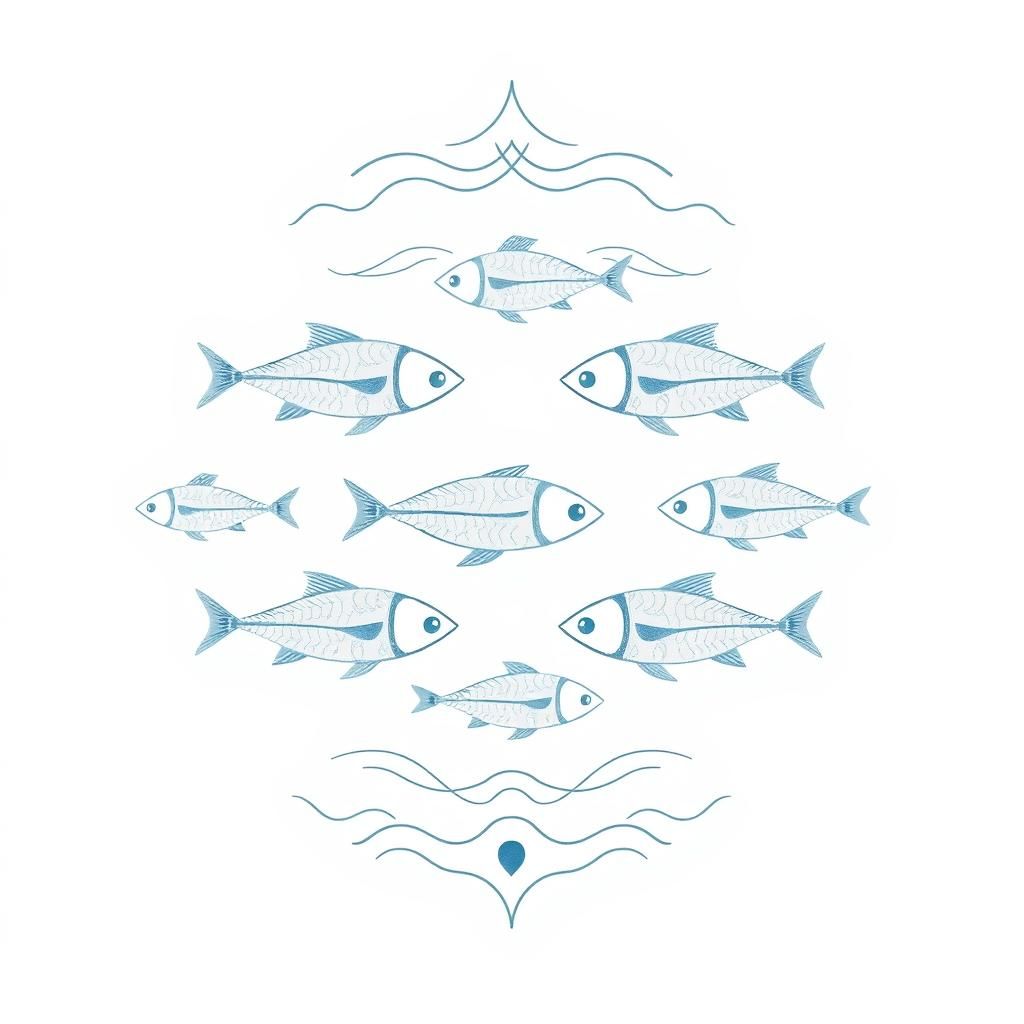
Herring
There’s a quiet buzz about herring that trips up even the savviest fish lovers—most folks lump herring and mackerel together like they’re one and the same. Truth is, these two might share the sea, but they’re quite different characters in the watery world.
Herring are the small, silver swimmers you’ll often hear about in coastal towns. They travel in tight schools, shimmering like liquid silver ribbons beneath the sun. People have long relied on herring—not just as food, but as the heartbeat of marine life. They’re a feast for bigger fish, seabirds, and even whales, making them a critical link in the ocean’s food chain.
Yet, the story isn’t all shimmering scales and gentle waves. Overfishing has put a heavy hand on herring populations in various parts of the world. When we pull too many from their schools, it’s not just the herring that suffer. The creatures depending on them start to struggle too, setting off a ripple effect in the entire ecosystem.
Bringing herring back to healthy numbers means more than just quotas and rules. It calls for a simple respect for the rhythms of the sea, like listening to an old folk tune passed down through generations. Fishermen, scientists, and communities are working together—choosing patience over quick gains, practice over haste—to keep herring swimming strong.
For those curious to dig deeper into the tales and trials of herring and their often-confused cousins, mackerel, there’s good reading that sheds light on the tricky balance between enjoying these fish and helping them thrive.
Herring remind us that the small and shiny can be mighty, that care for the little things can echo far beyond the shore. And that sometimes, the best way forward is to slow down, watch closely, and lend a hand—not just to the fish, but to the whole sparkling, salty story they’re a part of.
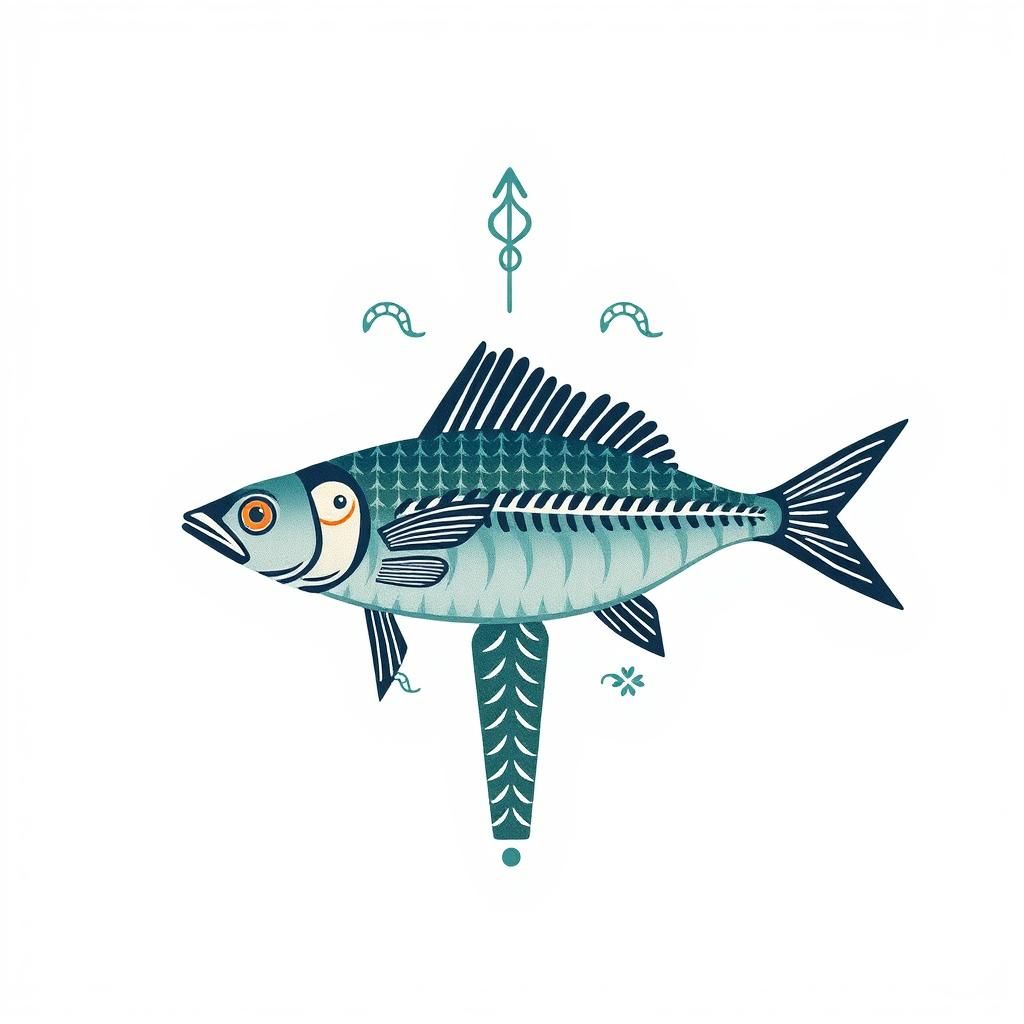
Mackerel
Mackerel often swims under the shadow of its flashier cousin, the herring, but trust me, it’s got its own story to tell. You might’ve caught yourself mixing them up at the market or on your plate — those shimmering blue-green stripes can blur easily when you’re not looking closely. But here’s a nudge: mackerel tends to dart with a sleek, torpedo shape, built for speed, while herring dance in clouds, shimmering silver in the sun.
This speedy fish isn’t just a tasty catch; it’s a vital piece of the ocean’s puzzle. Unfortunately, mackerel populations have been leaning towards fragile. Overfishing and changing ocean moods have taken their toll, slowing the schools down. The current picture calls for a bit of caution — it’s a reminder that what we pull from the sea needs balancing with what the sea can give.
So, when it comes to your next fish dinner, think about asking your local market or fishmonger about the source. Sustainable choices aren’t just a buzzword; they’re a way of honoring the old rhythms of tide and time that keep fish like mackerel coming back year after year. Eating mackerel responsibly means you’re helping keep those sleek swimmers in the waves, snapping up plankton and feeding bigger fish, birds, and even us.
If you want to dive deeper into why mackerel is facing these challenges and what you can do to help, the detailed sustainability report linked below paints the full picture in clearer waters.
Further Reading
- Mackerel Sustainability Report link
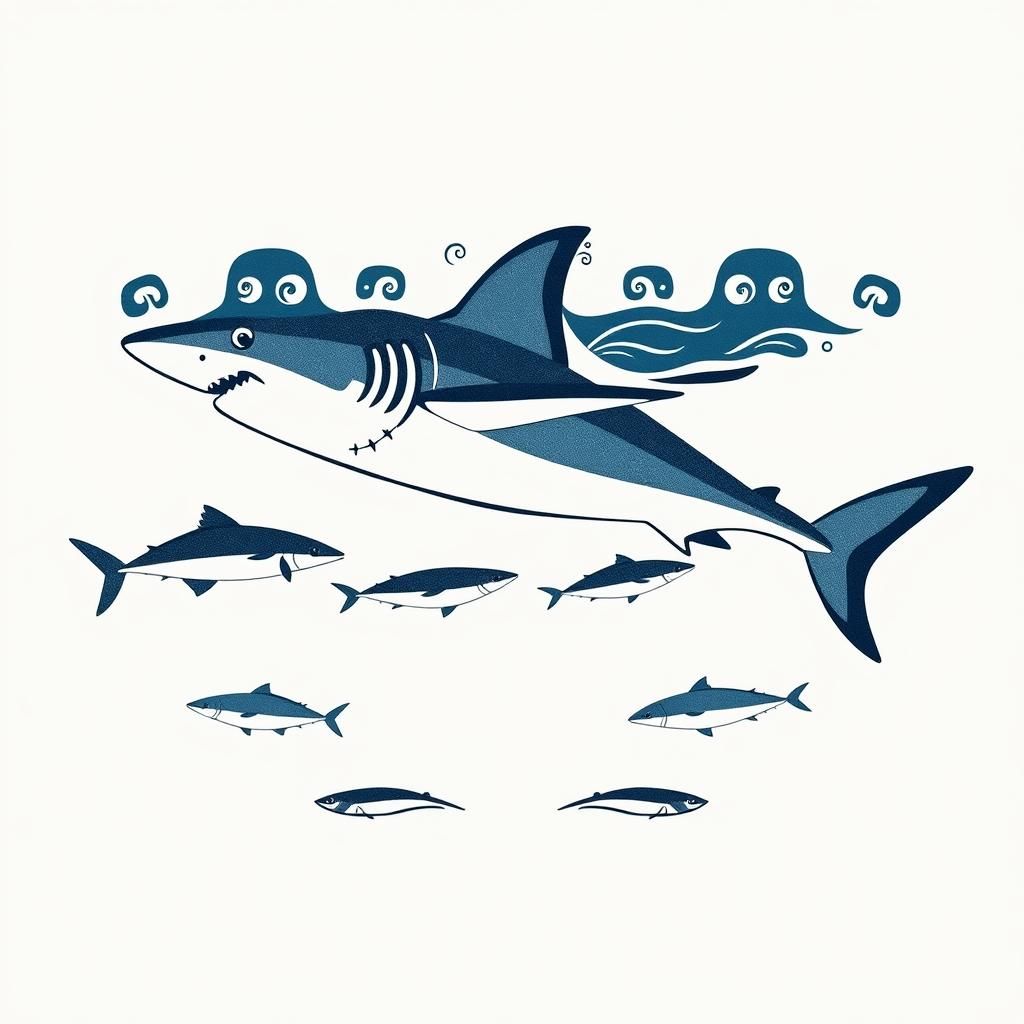
Shark
There’s something quietly awe-inspiring about sharks — these ancient travelers of the sea have been gliding through oceans for hundreds of millions of years, long before cities or farms shaped the land. Yet today, roughly one-third of all shark species teeter on the edge of extinction. That’s not just a number; it’s a local story writ across vast blue waters, a warning whispered on the salt breeze.
Here’s a glimpse into the challenges sharks face: in places like the Indian Ocean, tuna fisheries — the very ones that bring prized catches to market — have been unintentionally catching too many mako sharks. Experts now push to cut mako shark mortality by 60%, a sharp reminder that the balance between fishing and conservation is a delicate dance.
Why does this matter? Sharks are like the sturdy rafters holding up a barn. Without them, marine ecosystems lose their shape and strength. They keep fish populations in check, preventing any one species from overwhelming the rest. Their absence can ripple far beyond the water’s edge, touching the health of coral reefs and, by extension, the livelihoods of coastal communities.
Fortunately, new international regulations aim to protect sharks with firmer rules and better enforcement. While not a cure-all, these laws signal a shift — a growing respect for these creatures that have patiently ruled the waves since before we set foot on shore.
If you ever stand beside the water, watching the sun melt into the horizon, spare a thought for the shark. Silent and powerful, it reminds us that nature’s oldest stories deserve both our attention and care.
For more on the risks sharks face and the policies shaping their future, see these thoughtful reads:
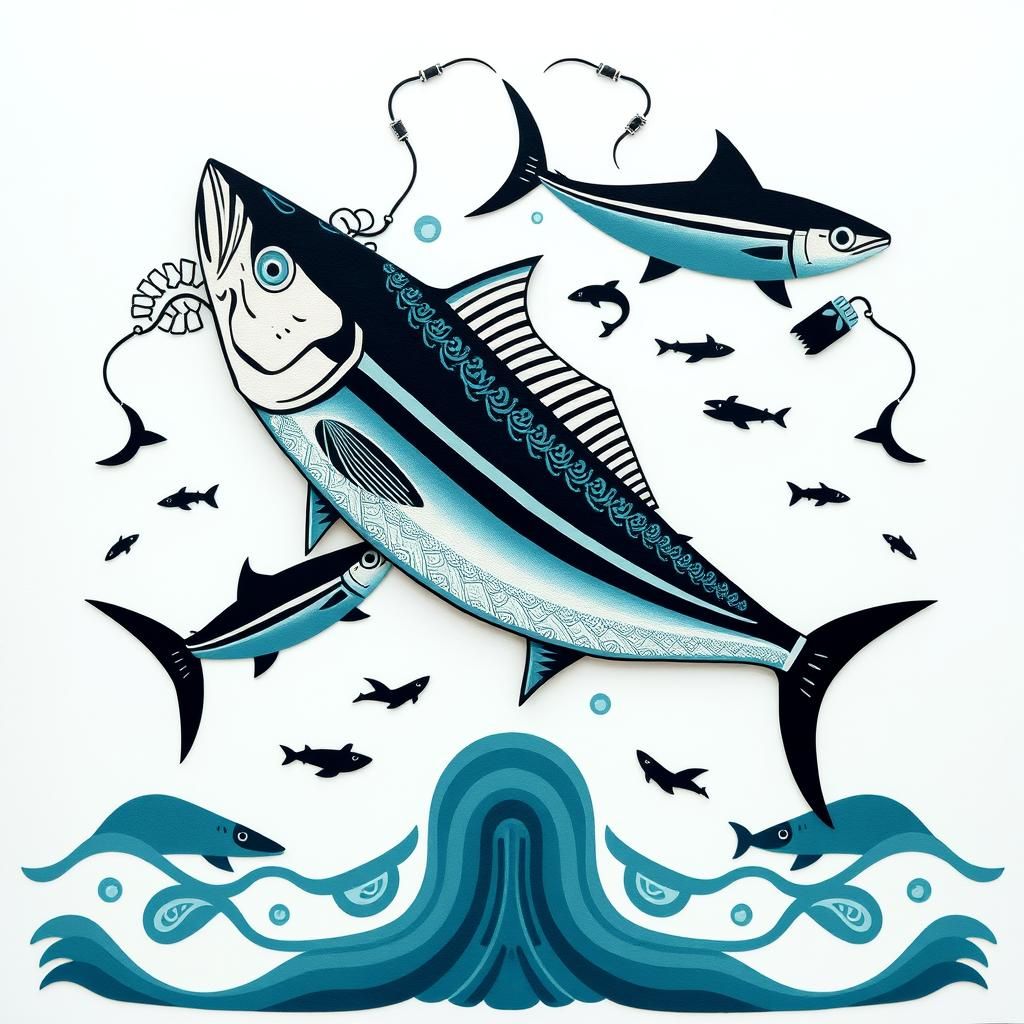
Tuna
Tuna — now there’s a fish that commands respect in both the ocean and on our plates. It’s a heavyweight of the sea, cruising vast stretches of water with power and speed that few fish can match. When you think about tuna, picture the shimmering silver flash cutting through sunlit waves, a prized catch for fishermen worldwide. This fish isn’t just a food source; it’s a cornerstone of many coastal cultures, hooked deeply into stories and traditions passed down like well-worn fishing nets.
What makes tuna stand out isn’t just its size or speed but its role in global fisheries. From bustling fish markets in seaside towns to quiet, early-morning boats casting lines at dawn, tuna fishing fuels livelihoods and fills dinner tables. But with that popularity comes challenges. Tuna populations are under pressure, squeezed by demand and the complexities of modern fishing methods. Regulations are in place, stepping in to keep tuna stocks healthy, but it’s a delicate balance — too much fishing, and the future of this mighty swimmer darkens.
Interestingly, tuna fisheries also have a ripple effect on other ocean dwellers, especially sharks. These apex predators often get caught on lines meant for tuna, a harsh reminder of how interconnected life beneath the waves truly is. New rules, like those passed by the Indian Ocean Tuna Commission, aim to protect shark populations even as tuna fishing continues, showing that conservation isn’t about picking sides but respecting every corner of the marine world.
In thinking about tuna, it helps to slow down and appreciate how this fish connects us — to the ocean’s vastness, to the stories of fishermen, and to the ongoing effort to keep our waters balanced. It’s more than a catch. It’s a living part of a timeless dance between humans and the sea.
For a closer look at recent developments, explore the Indian Ocean Tuna Commission’s latest updates on balancing fishery practices with marine conservation here.
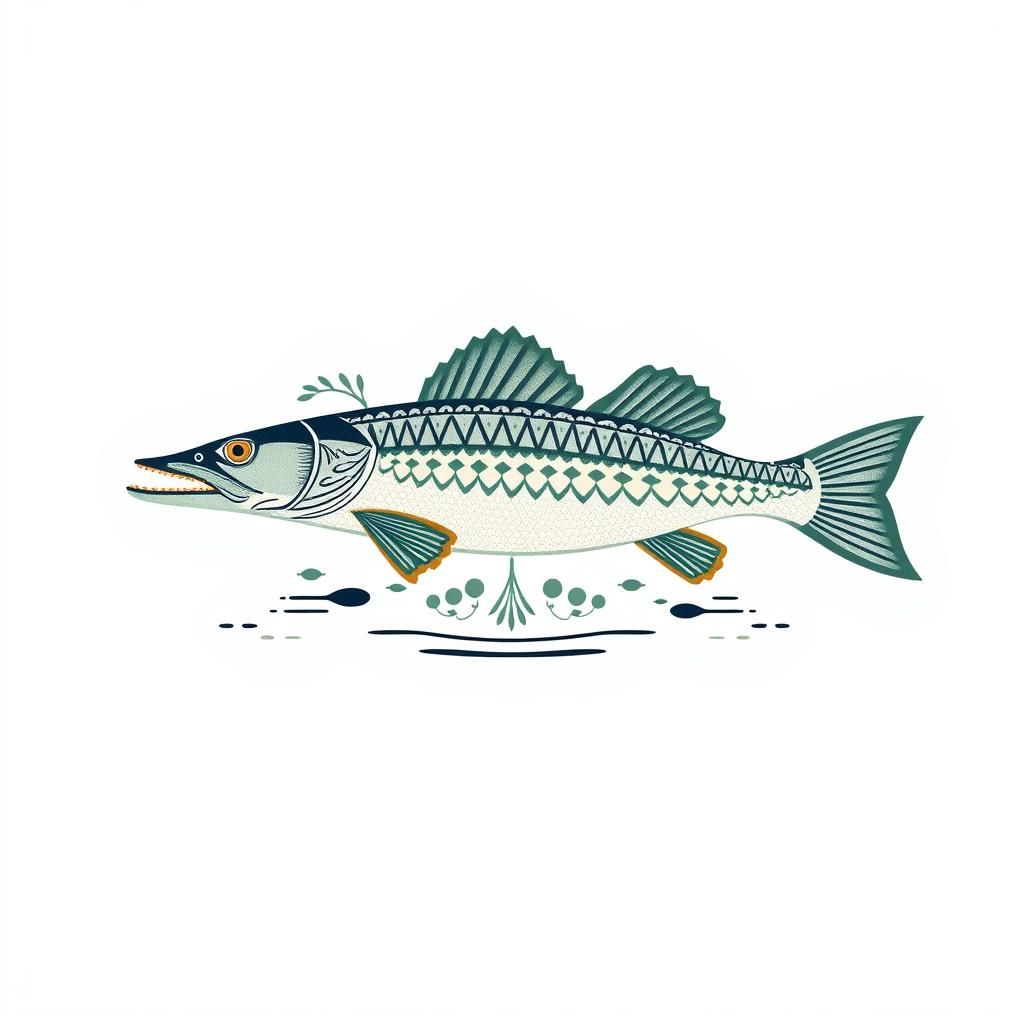
Pike
Interesting Facts
If you’ve ever stood by a quiet lake, you might just catch a glimpse of the northern pike lurking beneath the surface, all stealth and patience. These fish are the masters of ambush hunting — lying in wait, barely moving a fin, until their prey wanders close enough. Then, like a flash, they strike with surprising speed. Northern pike cruise at a steady 12 to 16 kilometers per hour in their freshwater or slightly salty homes, but when they hunt, they can make bursts that put even sprinters to shame.
There’s a wildness to pike that’s both thrilling and a little mysterious. They’re shaped like torpedoes, armored with sharp teeth that look ready to snap at a moment’s notice. Spotting one means you’re face-to-face with a top predator, a fish that holds its place in the freshwater food chain with quiet authority.
Conservation Notes
Protecting pike means protecting the waters where they roam — lakes, rivers, and brackish backwaters that offer the right balance of shelter and food. These habitats tie the pike to a larger story of freshwater health. When waters stay clean and plants grow thick, all the cogs of the ecosystem turn smoothly, and the pike’s role as a keen-eyed hunter keeps populations in check.
Conservation efforts focus on preserving these habitats, keeping pollution low, and ensuring waterways aren’t overrun by invasive species that disrupt the delicate balance. Pike aren’t just fighters; they’re indicators of a well-tuned ecosystem. When the pike thrive, you know the waterway is healthy — and that’s good news for all who depend on it.
Further Reading

Eel
There’s something quietly magical about eels—those slippery, snake-like fish that seem to slip through two worlds, freshwater streams and the vast ocean beyond. Their life story reads like an epic journey, one that takes them across thousands of miles, moving from calm inland waters to the salty sea and back again. Imagine a creature that starts life as a tiny transparent larva drifting on ocean currents before it grows up to navigate rivers, lakes, and coastal waters, only to return years later to the place it was born to spawn. It’s a tale as old as the tides, full of mystery and resilience.
Yet, this grand adventure comes with real challenges. The migration routes that eels have followed for centuries are now fragmented by dams, pollution, and habitat loss. Where once they could glide freely, their paths are now dotted with obstacles. Protecting those inland waters—quiet streams where young eels grow and gather strength—is just as vital as safeguarding the open ocean they cross. It’s a reminder that conservation isn’t about far-off places alone but about every stretch of water that connects nature’s stories.
By nurturing these habitats and respecting the eel’s timeless journeys, we keep a living piece of wildness alive—one that ties us to the flow of rivers, the whisper of tides, and the pulse of life itself.
For a deeper dive into the efforts to conserve these remarkable travelers, see Eel Conservation in Inland Habitats.
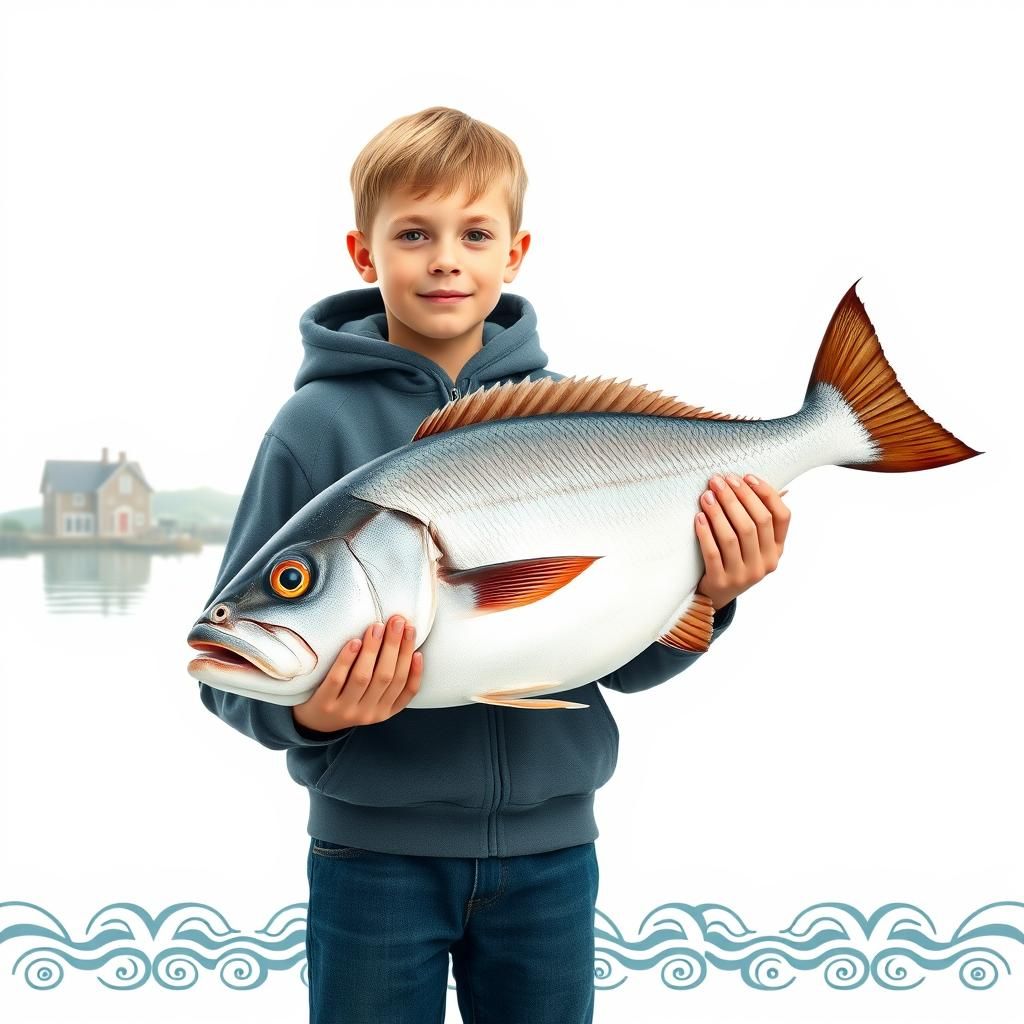
Halibut
Imagine the thrill of a young angler, just 13 years old, standing knee-deep in the chilly waters along the New England coast. With a steady hand and a patient heart, this youngster hooked an Atlantic halibut so massive it dwarfed him—a memory he and the community will cherish for years to come. It’s moments like these that remind us why halibut have long been a favorite among coastal fishermen: strong, enduring, and full of quiet strength.
Atlantic halibut aren’t just impressive catches; they’re a species with a story worth telling. These flatfish grow slowly and live for decades, making each one a treasure of the sea. But that same slow growth makes them vulnerable. Overfishing and habitat changes have taken a toll, shrinking their numbers in some regions. It’s a gentle nudge to us all—whether you’re a weekend angler or someone who buys fish at the market—to support sustainable fishing practices. Sustainable harvests ensure these giants of the deep remain part of our fishing tales and dinner tables for generations.
If you ever find yourself near the ocean, listening to the lapping waves and smelling salt on the breeze, think of the halibut beneath the surface. They’re more than just fish—they’re a link between past and present, a reminder of the patience, respect, and careful stewardship the sea asks of us all.
For a closer look at that unforgettable catch, take a peek at this story: Atlantic Halibut Catch Story
Share to...
I hope you enjoy the content.
Want to receive our daily crossword puzzle or article? Subscribe!
You may also be interested in
Share to…
Want to receive our daily crossword puzzle?
-
Jigsaw Puzzles
Vigeland Park Fantasy Puzzle 250 | 300 | 500 Pieces
kr 348,00 – kr 439,00Price range: kr 348,00 through kr 439,00 Select options This product has multiple variants. The options may be chosen on the product page -
Jigsaw Puzzles
Maine Coon Cat Ink Wash Puzzle 250 | 300 | 500 Pieces
kr 348,00 – kr 439,00Price range: kr 348,00 through kr 439,00 Select options This product has multiple variants. The options may be chosen on the product page -
Jigsaw Puzzles
Fjord Elegance: Abstract Jigsaw Puzzle 250 | 300 | 500 Pieces
kr 348,00 – kr 439,00Price range: kr 348,00 through kr 439,00 Select options This product has multiple variants. The options may be chosen on the product page

